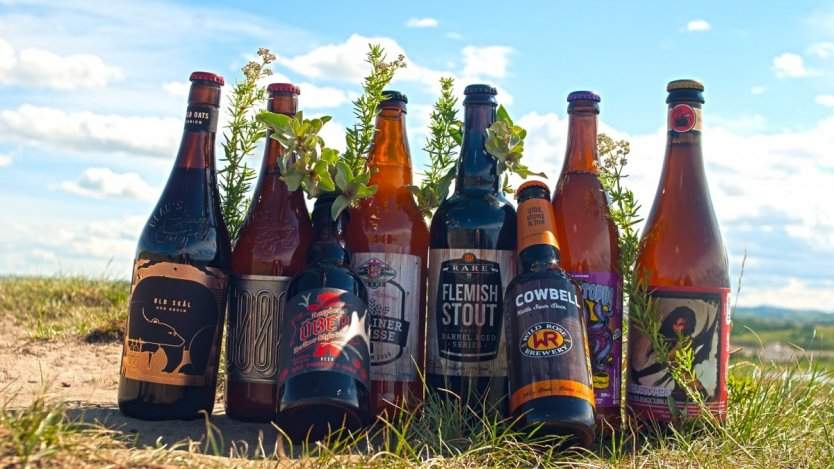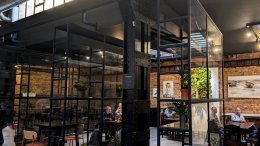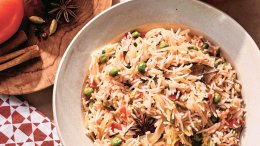This year at the Canadian Brewing Awards, a sour beer called Nectarous from Delta, B.C.’s Four Winds Brewing won the coveted Beer of the Year award. Like a lot of old-world styles that had all but disappeared, sour ales are seeing a massive resurgence among craft brewers. In fact, it’s pretty tough to find a craft brewer that doesn’t have one or two in its lineup. First, a quick history lesson.
A few centuries ago, all beer was likely sour to some degree. Lacking the completely sterile brewing environment brewers use today, wild bacterial strains would play a role in fermentation without their presence known or fully understood by the brewer. It wasn’t until Louis Pasteur determined that it was actually the yeast causing the fermentation that brewers began to tighten up the process and better control the strains of yeast.
A beer’s signature sourness can come from a variety of different sources. Let’s take a closer look at some popular styles.
Lambic
Lambics are perhaps the most well known sour ale. From the Senne Valley in and around Brussels, this wheat beer is traditionally spontaneously fermented and like many other sour beers, the bitterness usually supplied by the hops is instead replaced by the sourness brought from the wild bacterial strains.
Younger lambics are typically a pale yellow colour, with sour aromas on the nose, and cloudy in the glass. Older lambics are often fruitier and more of a deep gold colour.
It’s worth noting that many of the widely available commercial versions available are flavoured with fruit syrups and aren’t nearly as tart as the traditional lambic style.
Berliner weisse
As the name suggests, this style originates in Berlin. This wheat beer is low in alcohol and very effervescent but it’s usually lower in acidity compared to a lambic. It’s fermented with both top fermenting yeast and lactobacillus, the same bacterial strain used to make yogurt and sauerkraut, among other things.
This is a truly a great summer beer. It’s light, bright, and it pairs well with all sorts of food: from french fries to grilled fish. It’s even said that Napoleon’s troops referred to it as the “champagne of the north.”
Gueuze
A gueuze is actually a blend of young and older lambics, which is then aged even further. This draws in even more sourness and funk from the microbes in the oak barrels, resulting in a beer that’s both complex and (ideally) well balanced.
The same bacterial strains will be present here as in other sour beers: brettanomyces, lactobacillus, and pediococcus, to name a few. Versions of this style that are made in the U.S. and Canada, where they are using controlled strains of yeast to emulate the wild strains present in Brussels that give lambics and gueuzes their distinctive flavours.
Flanders red Ale
Like the others I’ve mentioned, this one also originates in a region in Belgium; more specifically, the West Flanders region.
Unlike the other sour ales we’ve covered, the Flanders red offers a unique red fruit flavour (think raspberry and plum) that can be attributed to the time this beer spends in wine casks. Like other sour Belgian ales, it is finished by blending the older batches with the younger ones to round out the flavour and to develop complexity.
This style of sour ale will not only complement light summer fare like salads, berries, and nuts, but will also stand up to grilled steak.
Sour beers on the market today
These days, kettle souring is emerging as a growing trend among brewers. This method involves adding lactobacillus to the wort to lower the pH levels while the wort is held at a temperature of 110°-115° fahrenheit for up to 48 hours, depending on the level of acidity desired by the brewer. Though many critics say this method creates a more one-dimensional flavour profile when compared with traditional souring methods, brewers often compensate by adding fruit to the brewing process, or blending with other ales. There’s certainly a financial angle as well. Brewers can sell kettle sours at a more standard price point since they can bypass the lengthy aging process of traditional sours.
While sour beers go well with summer in the same way that a glass of lemonade does, I think the darker variations are well suited to cold winter nights in the same way that chai tea or mulled wine is.
Sour ales come in all shapes and sizes, and only add to the bevy of ways that beer pairs with food (and life).
Here’s a quick look at a handful of sours currently on shelves in stores across Canada.
Beau’s Brewery
Beau’s All Natural Brewing Co. in Vankleek Hill makes both a wild farmhouse ale and an oud bruin, which is another old world style originating in Belgium. Batch 5000, the wild farmhouse ale, is made with wild yeast from Ontario’s Escarpment Labs as well as both hops and wheat grown in Ontario. Old Skål, the oud bruin, is brewed with dates and maple syrup, and then aged in pinot noir barrels for 40 months.
Wild Rose Brewery
Wild Rose Brewery in Calgary makes a handful of sour ales, currently. Its kettle sour, Cowbell, is what Wild Rose calls an “approachable” sour, and I’m inclined to agree. Brewed with kaffir limes, this kettle sour is sold in six-packs at a very competitive price point. Next up is its peach-apricot berliner weisse, a seasonal ale brewed for release this summer. This is a light (3.8 per cent) sour ale with refreshing stone fruit flavour. I’d have this with brunch over a mimosa any day! Lastly, we have the Flemish Stout. It’s an oatmeal stout with cherries and raspberries added, and then aged for six months in burgundy barrels. I can’t get enough of this beer, and can’t wait to (hopefully) see more sour stouts on the shelves.
Parallel 49
Apricotopus is an apricot sour saison made by Vancouver’s Parallel 49. This beer is made by adding apricots to a wheat and pilsner malt base and then fermenting with wild strains of lactobacillus. Here, the sour notes take a backseat to the fruitier flavours of the apricot, making this perfect for summer refreshment.
Le Trou Du Diable
Next up is Dulcis Succubus from Le Trou Du Diable. Le Trou Du Diable, from Shawinigan, QC, has been making quality craft beer since 2005, and this wild ale/saison is no exception. Lemon-honey and white wine flavours dominate here, and the increased ABV (7 per cent) makes this a sour ale with some real character.
Nickel Brook Brewing
Nickel Brook Brewing’s Raspberry Uber took the gold in this year’s Canadian Brewing Awards in the Berliner Weisse category, so calling this “good beer” would certainly be an understatement. Tart raspberry flavour is on display here in every way. This beer pours a stunning ruby red in the glass with light pink foam and it’s almost a shame that it’s so tasty and quaffable because the glass empties that much quicker.













